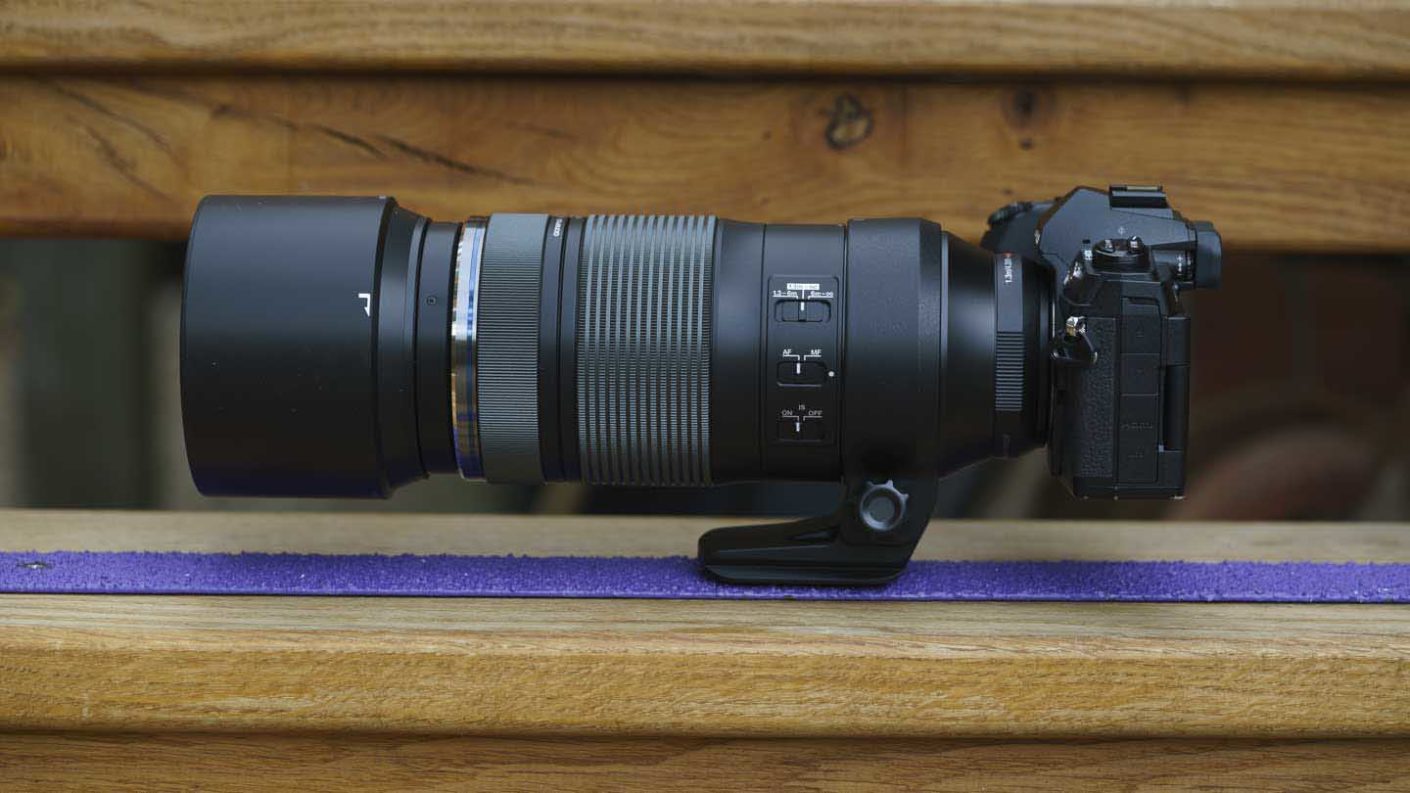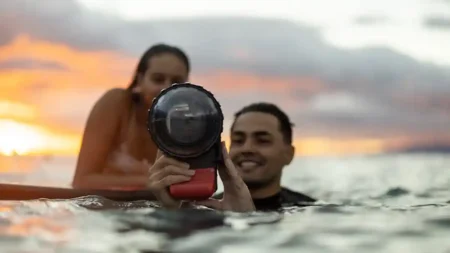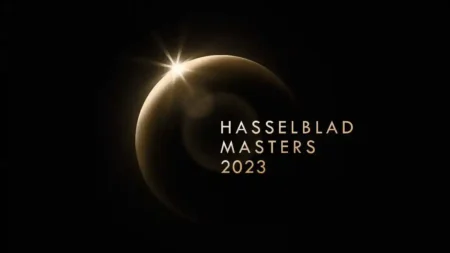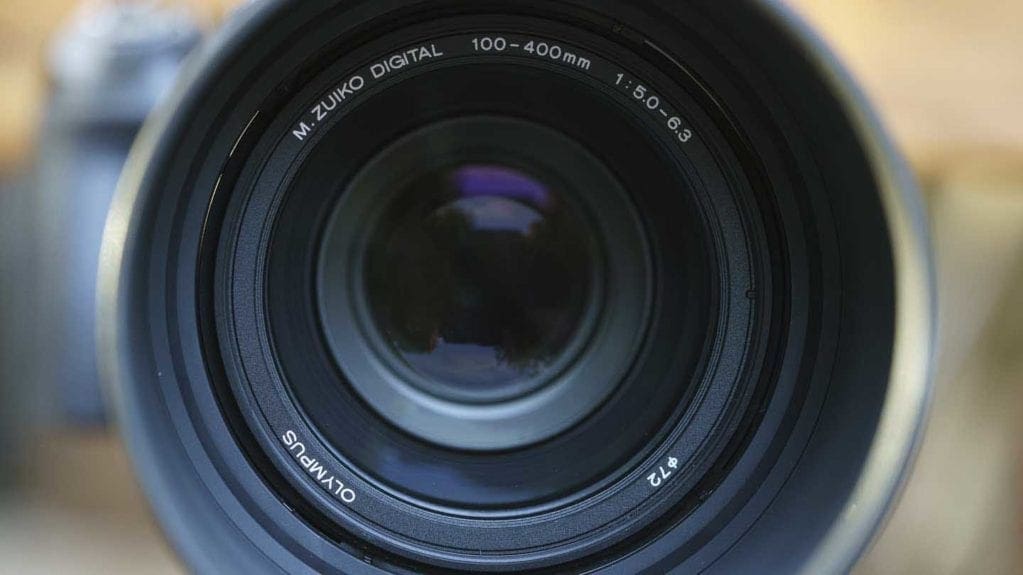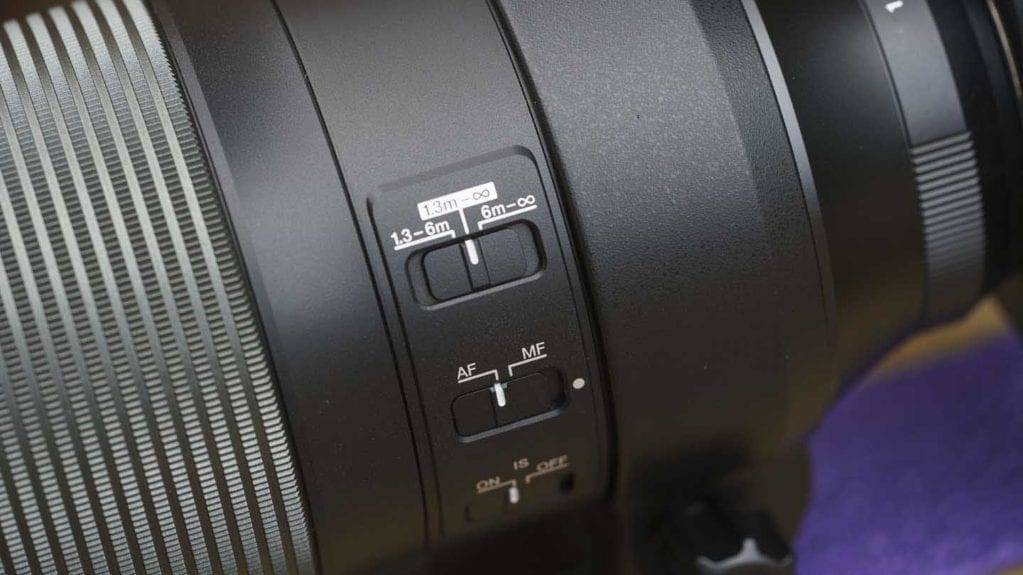Wildlife photography, especially bird photography is an art that takes practise, and I am out of practice. However, mounted on the OM-D E-M1 II, the M.Zuiko Digital ED 100-400mm F5.0-6.3 IS was kind to me. It’s focusing was fast enough to get subjects like ducks and even a red kite sharp as I waved the camera in their general direction.
Checking the images on a computer screen reveals that the results are very good. The level of detail isn’t exceptional, but it’s more than acceptable.
When you shoot wide-open, there’s a hint of vignetting visible, but as is often the case, it’rs more apparent in the thumbnails when you’re growing the images than it is when you open them. It’s not objectionable and within the level of corner shading that I often apply to images to add emphasis to the subject.
I spotted a ting amount of chromatic aberration along the edges of bird in flight, but that’s easily dealt with when processing the raw files.
Aperture and Shutter Speed
One issue with the M.Zuiko Digital ED 100-400mm F5.0-6.3 IS is that you’re likely to have to push the sensitivity (ISO) up to get the shutter speed you need to freeze movement if the light is less than ideal. On a bright sunny day you can happily use exposure settings like 1/1250sec at f/8 and ISO 200, but when the sun disappears you’ll need to push up the ISO.
Even at around 5pm on an overcast day at the end of June in the UK, I had to use ISO 1600 to get a shutter speed of 1/800sec.
As a result, it’s likely that the shooting conditions and the subject will determine the exposure settings that you use.
Olympus M.Zuiko Digital ED 100-400mm F5.0-6.3 IS stabilisation performance
Olympus claims that the stabilisation system in the M.Zuiko Digital ED 100-400mm F5.0-6.3 IS is able to extend the hand-holdable shutter speed by up to 3EV.
Well after shooting at the 400mm end, which is equivalent to 800mm, on the OM-D E-M1 Mark II, I think that’s a conservative assessment. I was able to get some shots sharp at shutter speeds as low as 1/10sec, and at 1/25 sec my hit rate was around 50-60%. By 1/100sec it was close to 100%.
That’s very handy if your subject isn’t moving.
